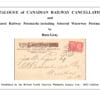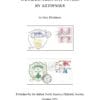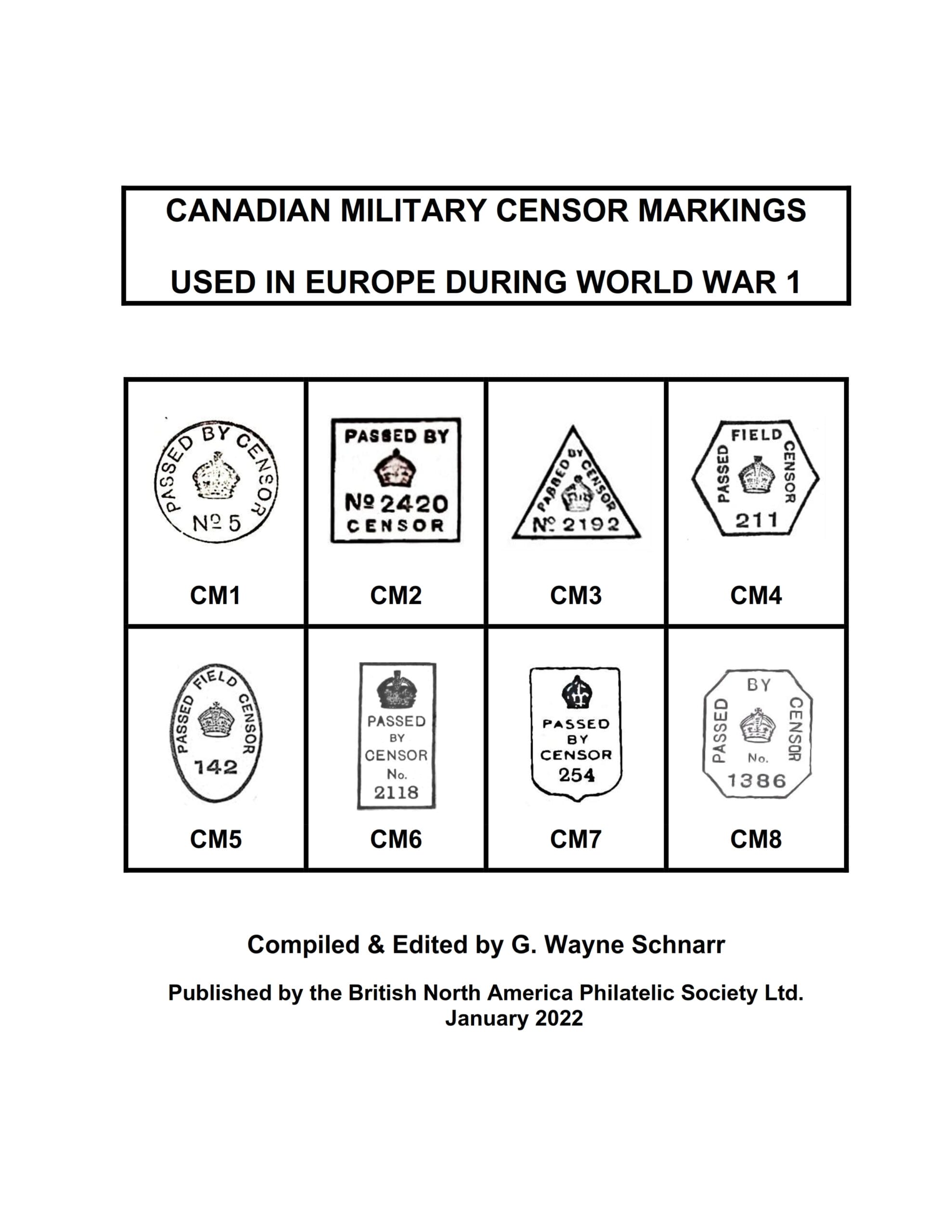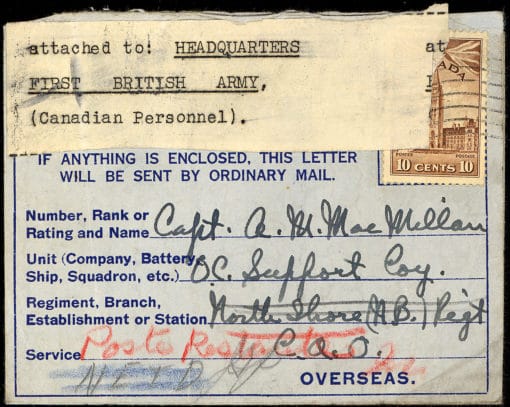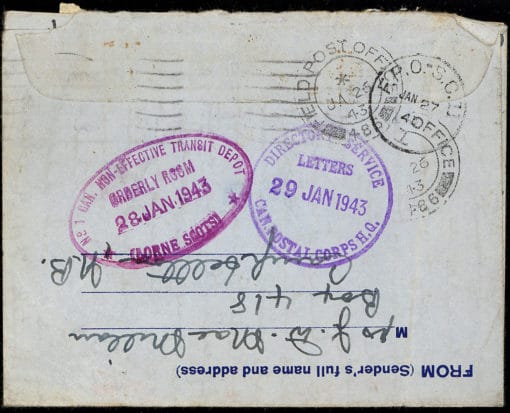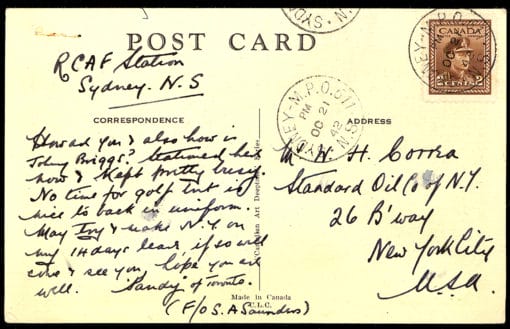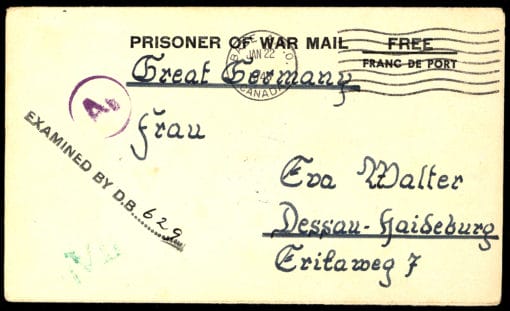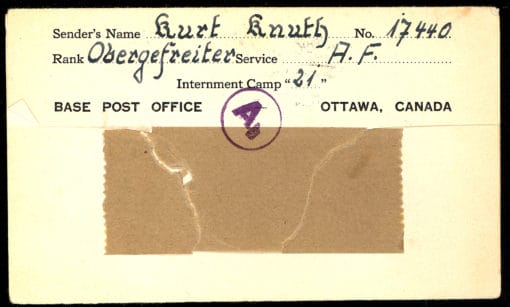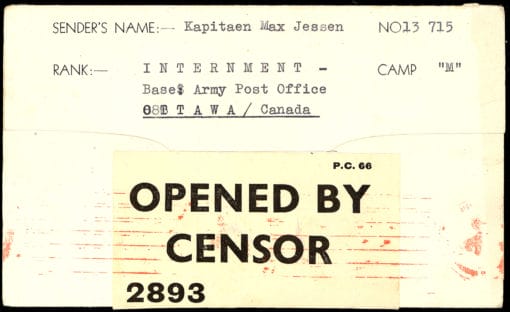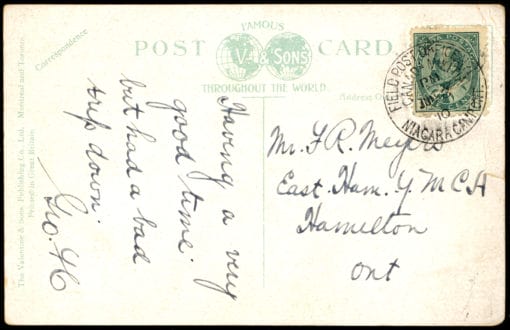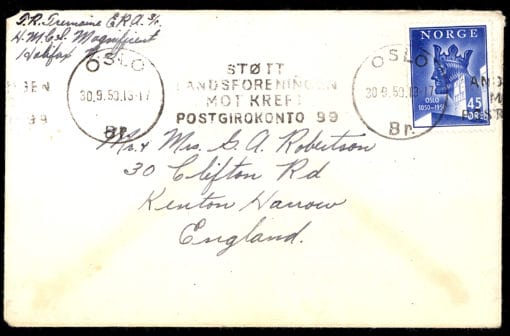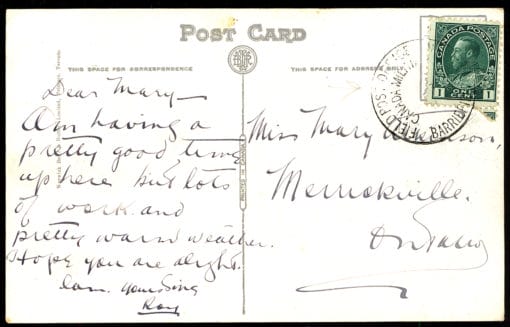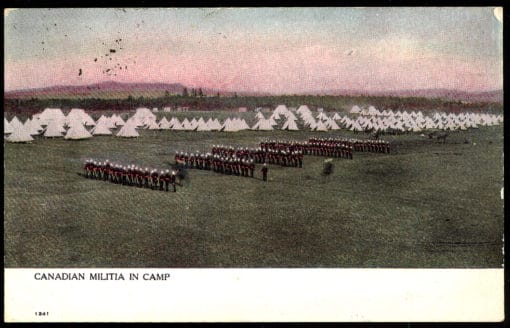Schnarr, Wayne (2022). Canadian Military Censor Markings Used In Europe During World War I
$25.00
In stock (can be backordered)
Canadian Military Censor Markings Used In Europe During World War 1, Wayne Schnarr. With interest in World War I Canadian Military postal history increasing, this book will help collectors identify military unit from which mail originated. January 2022, Spiral bound, 120 pages, 8.5 × 11, black and white. ISBN: 978-1-989280-23-2. Stock #B4h113-1.
All military mail sent by Canadian soldiers in the field in WW I should have been censored, and so indicated by the censor signature and the PASSED BY CENSOR markings. Officers and some NCOs were responsible for censoring the mail for individual military units. After reviewing the mail, the censor would apply the unit’s censor marking, sign the envelope or card and pass the mail to postal personnel responsible for processing the mail, including applying the Field Post Office (FPO) or Army Post Office (APO) postmark. There was an additional level of censorship at the Base APO level where selected letters would be opened, checked, resealed with censor tape, and a base censor marking applied. The final censor examination was at the civilian level in Canada where selected mail from soldiers was opened, examined, and resealed with censor tape.
Eight different types of military censor markings were used in WW 1 by the British and Commonwealth troops, designated as CM1 through CM8. Based on the highest censor numbers observed for each type, there are potentially over 25,000 unique censor markings. There are no military censor mark proof books equivalent to the date stamp proof books kept by the General Post Office for non-military postal handstamps. The only sources of information on which to allocate censor markings of a specific type and number to a specific military unit are the tens of thousands of covers and cards which have been kept by families and collectors.
Each censor handstamp was issued to one unit in a designated theatre of war for a specific period, after which it was replaced by a handstamp of the next type with a different number. This simple pattern was sometimes complicated by unit reorganizations and transfers to different theatres. The tables in this book list each censor number currently known and the military unit to which it was assigned, along with dates of use and an assessment of confidence in each listing. An extensive Appendix uses examples to guide collectors in how to assess covers and cards with censor markings.
Wayne Schnarr (B.Sc., Ph.D. M.B.A.) retired from full-time work in the pharmaceutical, biotechnology and financial industries in 2008 after a 30-year career. He still maintains company contacts and is a mentor to students thinking about their career paths after a graduate degree in chemistry. Wayne’s stamp collecting interests started with British Commonwealth countries, refocused on Canada only, and finally narrowed down to the Centennial series of 1967-1973. At the same time, his interests in postal history expanded to military mail, RPOs, early Toronto advertising covers (he lives in downtown Toronto), and a Canadian town cancel collection of Centennial stamps which will grow but probably never be completed.
| Weight | .5 kg |
|---|---|
| Dimensions | 30 × 25 × 5 cm |
Related products
Military
Meter and Permit
1911 Admirals, Confederation, Provisionals

